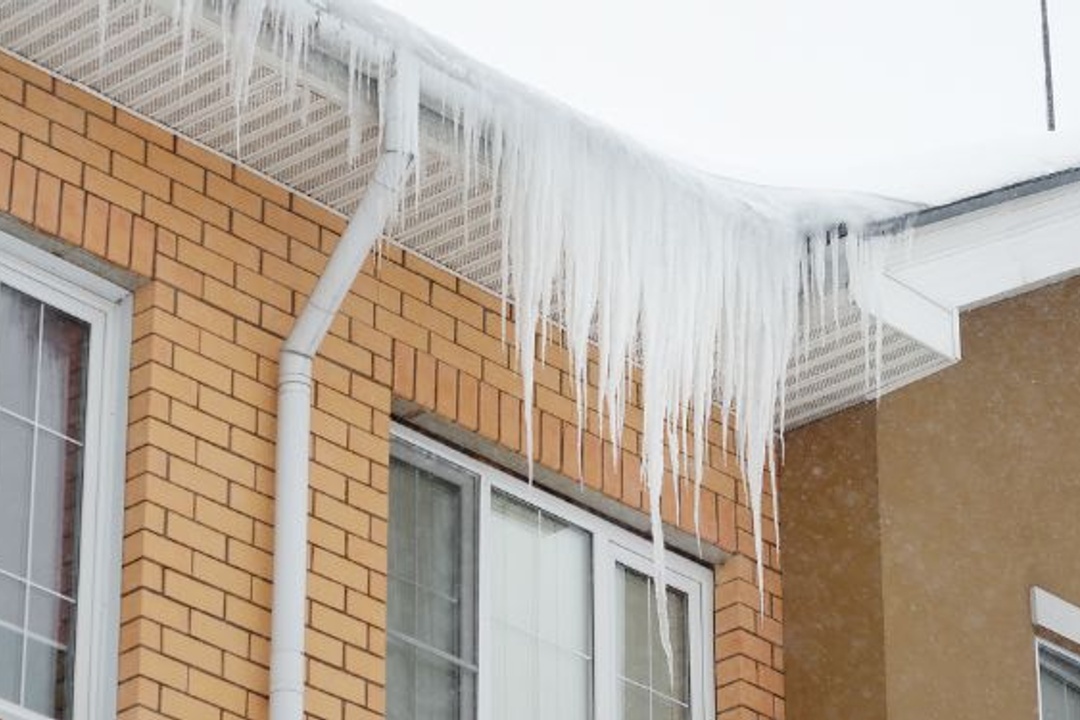 It’s that time of year again! Time for new homeowners to file for their homestead exemption! If you bought a home in Texas in 2016, you have until April 30th to file for a residential homestead exemption. A homestead exemption refers to exemptions from property tax that homeowners can claim. Homestead exemptions remove part of your home’s value from taxation, so they lower your taxes. For example, if your home is appraised at $35,000, and you qualify for a $15,000 exemption, you will pay taxes on the home as if it was worth only $20,000.
It’s that time of year again! Time for new homeowners to file for their homestead exemption! If you bought a home in Texas in 2016, you have until April 30th to file for a residential homestead exemption. A homestead exemption refers to exemptions from property tax that homeowners can claim. Homestead exemptions remove part of your home’s value from taxation, so they lower your taxes. For example, if your home is appraised at $35,000, and you qualify for a $15,000 exemption, you will pay taxes on the home as if it was worth only $20,000.
As a homeowner, you may apply for a homestead exemption on your principal residence ONLY. This means the home's owner must live at the home as of January 1st of the tax year, and be an individual (not a corporation or business entity). A homestead can be a separate structure, condominium or mobile home located on owned or leased land, as long as the individual lives in it.
Effective September 1st, 2011, in order to qualify for a residential homestead exemption you must provide a Texas driver's license or state ID card, and your vehicle registration receipt. You’ll need to file an Application for Residential Homestead Exemption with the county appraisal district between January 1st and April 30th of the tax year - or up to one year after you pay your taxes. During the year, if you turn 65 or become disabled, you must apply for the 65 or older/disabled exemption no later than one year from the qualification date. Once you receive an exemption, you don’t need to reapply again unless the chief appraiser sends you a new application. In that case, you must file the new application. If you should move or your qualifications end, you need to inform the appraisal district in writing before the next May 1.
Below you will find homestead exemption forms for several counties. Don’t wait until it’s too late to file your homestead exemption!
- Dallas County (can be filed easily online or you can use their property search tool to locate the Homestead Form (PDF) specific to your property at http://www.dallascad.org/SearchOwner.aspx)
- Collin County
- Denton County
- Ellis County
- Hunt County
- Johnson County
- Kaufman County
- Rockwall County
- Tarrant County (Please note, if you have purchased your home recently in Tarrant County, TAD will mail you an application.)
- Wise County










